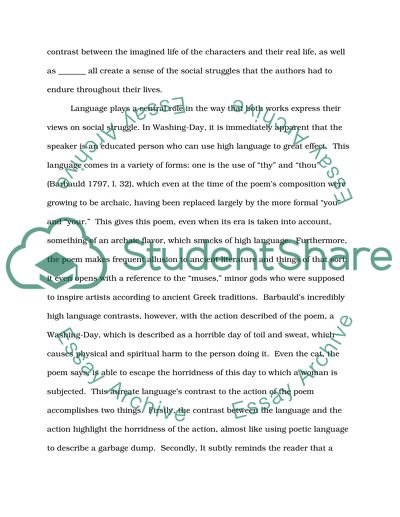Cite this document
(“Funeral Blues by WH Auden and Washing-Day by Anna Laetitia Barbauld Essay”, n.d.)
Retrieved de https://studentshare.org/literature/1400713-funeral-blues-by-wh-auden-and-washing-day-by-anna-laetitia-barbauld
Retrieved de https://studentshare.org/literature/1400713-funeral-blues-by-wh-auden-and-washing-day-by-anna-laetitia-barbauld
(Funeral Blues by WH Auden and Washing-Day by Anna Laetitia Barbauld Essay)
https://studentshare.org/literature/1400713-funeral-blues-by-wh-auden-and-washing-day-by-anna-laetitia-barbauld.
https://studentshare.org/literature/1400713-funeral-blues-by-wh-auden-and-washing-day-by-anna-laetitia-barbauld.
“Funeral Blues by WH Auden and Washing-Day by Anna Laetitia Barbauld Essay”, n.d. https://studentshare.org/literature/1400713-funeral-blues-by-wh-auden-and-washing-day-by-anna-laetitia-barbauld.


